With the advent of our fast-paced globalized society, it seems we have lost the capacity to stop and reflect on the past. The cost of increased efficiency seems to be a loss of historical perspective.

A perfect microcosm of this is today’s public university, where students flood in and out every four years, classes are taught by different faculty from year to year and any sense of tradition is completely left by the wayside.
For example, most students at the University of Massachusetts are entirely unaware that up until 1972 we were known as the Redmen rather than the Minutemen. Our mascot in those days was Chief Metawampe, whose statue still resides in a field beside the Student Union.
A recent example of our historical near-sightedness is the reaction to the Super Bowl riot on Feb. 5 of this year. Many who participated in the riot and commented on it in our paper were aware of our history of riots, but did not seem to recall the details of these riots. At the time, I was just as surprised as most students by the severe tactics the police used to disperse the crowds. After some further investigation, however, I came to understand why the UMass administration is so intent on keeping riots contained.
There have been at least six sports-related riots on campus since 2002. All of the riots mentioned here occurred in the Southwest residential area. Whether after a win or a loss, fans have found this to be the perfect place to unite in their catharsis. Our tradition of unbridled partying following major sporting events has carried with it some destructive habits that hopefully will never be seen again, along with several undying rituals.
A common tradition for most of our riots is lighting things on fire. In the recent Osama bin Laden riot in spring 2011, students volunteered the clothes off their backs to keep a fire going. Another fan favorite is the creative use of toilet paper, which functions as both a decorative streamer and a fire starter.
Two traditions that have thankfully been discontinued are flipping cars and stage-diving off of dining halls. In October 2003, UMass saw two tremendous riots during the Boston Red Sox postseason, causing $20,000 in damage according to the Boston Globe. During one of these riots, a student did a pencil dive off of the roof of Berkshire dining hall, imagining that somehow the crowd of students below would catch him. This plan failed and the student broke both of his legs. Also during this riot two cars were flipped over by several zealous students.
After the Super Bowl riot in 2002 and the Red Sox riots in 2003, the UMass police force learned that it had to take these riots more seriously and stepped up their presence at the following years’ riots. In 2004, the Red Sox beat the St. Louis Cardinals in the World Series, sparking another massive riot at UMass. The police response included 100 officers and one helicopter that surveyed from above. The crowd of nearly 1,000 students was successfully dispersed with 22 arrests and no injuries or damages.
The most destructive riot to date took place in December 2006. This riot ignited minutes after the Minutemen lost their championship game against Appalachian State in football. Nearly 2,000 students rioted, breaking windows and setting fires. There was an estimated $100,000 in damage mostly from the broken windows in Hampden dining hall and Prince Dorm in Southwest. Several police officers received minor injuries as students threw rocks, cans, and even a bicycle their way.
What I hope these few examples will remind us of is that these riots do cause damage, and the cost for these damages is eventually paid by us. They damage not only school buildings, but also the overall reputation of UMass. The UMass experience is not just about partying and starting riots. For many, it is about research, hard work, making connections, and learning the skills we will need to advance ourselves and make an impact on our society. Those who also have to pay the price for our excessive celebrations are the campus and state police, who must be paid overtime to patrol these riots and who risk injury from rowdy students.
Riots like these may also affect the potential of peaceful protest at UMass. The risk of further damage may force the police and the administration to respond more harshly to movements with a civil intent. Compare, for instance, the student body’s involvement in the 1970 National Student Strike movement with today’s riots. During this movement in May 1970, all classes were canceled as students demonstrated non-violently and non-destructively across campus. While students at other campuses across the country unleashed their frustration against the military and government by destroying JROTC buildings, UMass students peacefully occupied the building, asking only that it be converted into a daycare.
In the end, I believe that these two unnecessary forces, the overzealous student and the safety-minded police officer, should not have to antagonize each other whenever some major sporting event takes place. I believe we, as students, should resist the urge to join these riots when they inevitably occur. I am sure that curiosity is the one impetus that gathers such large crowds in these events, and if those innocent students who value their university can find reasons to avoid these riots, we can remove the need for sudden extreme police action in the face of innocent revelry. This can only happen when we realize that riots are bad because they cause damage to things that we pay for, and even if we are not the ones causing the damage, being a part of the riot means being a part of the cause for that damage.
I think that the administration should not have to give us warnings as though we were children. We, the student body, should take it upon ourselves to become aware of these issues by learning and sharing the history of our University. If you value your education, don’t get involved in these frivolous riots. If these riots can teach us anything positive, it is that UMass has a lot of spirit. Whether we win or lose, we want to party. It’s up to us, the informed student body, to help our campus grow as a community with a rich and diverse history and to honor the timeless UMass spirit in newer, less destructive ways.
Timothy Haggerty is a Collegian contributor. He can be reached at [email protected]



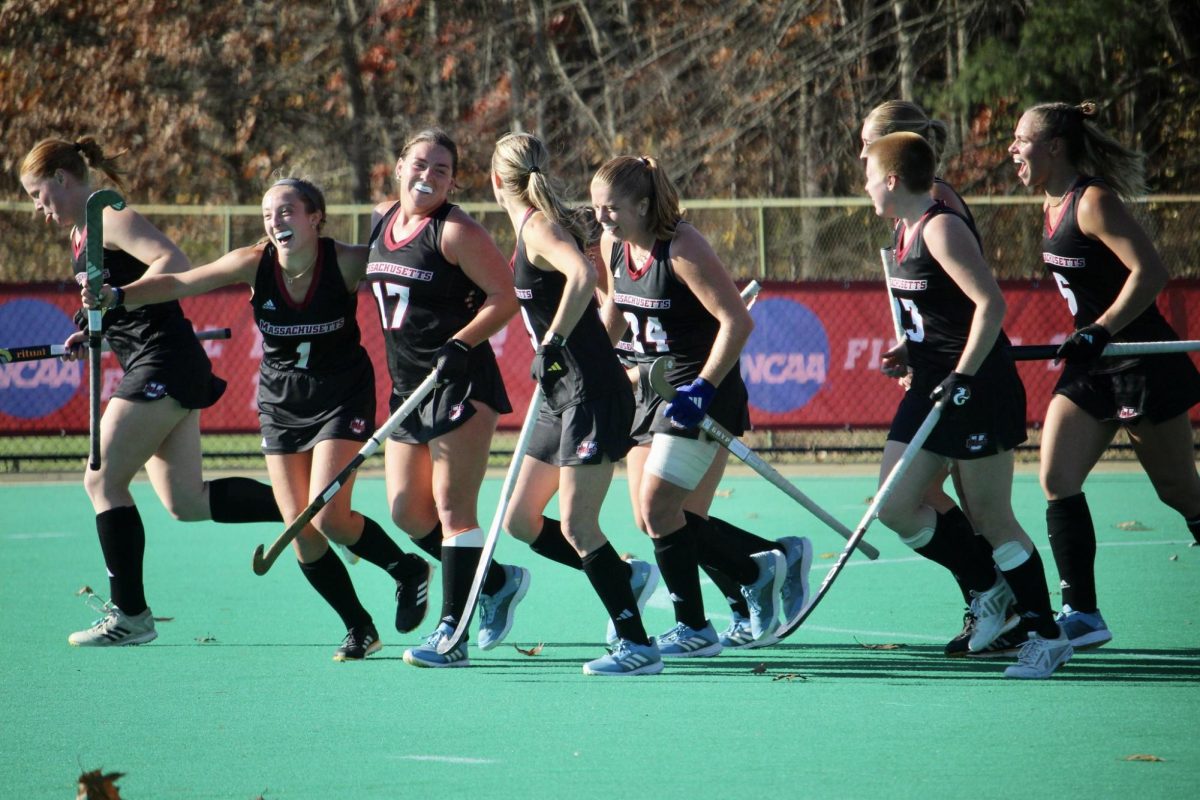

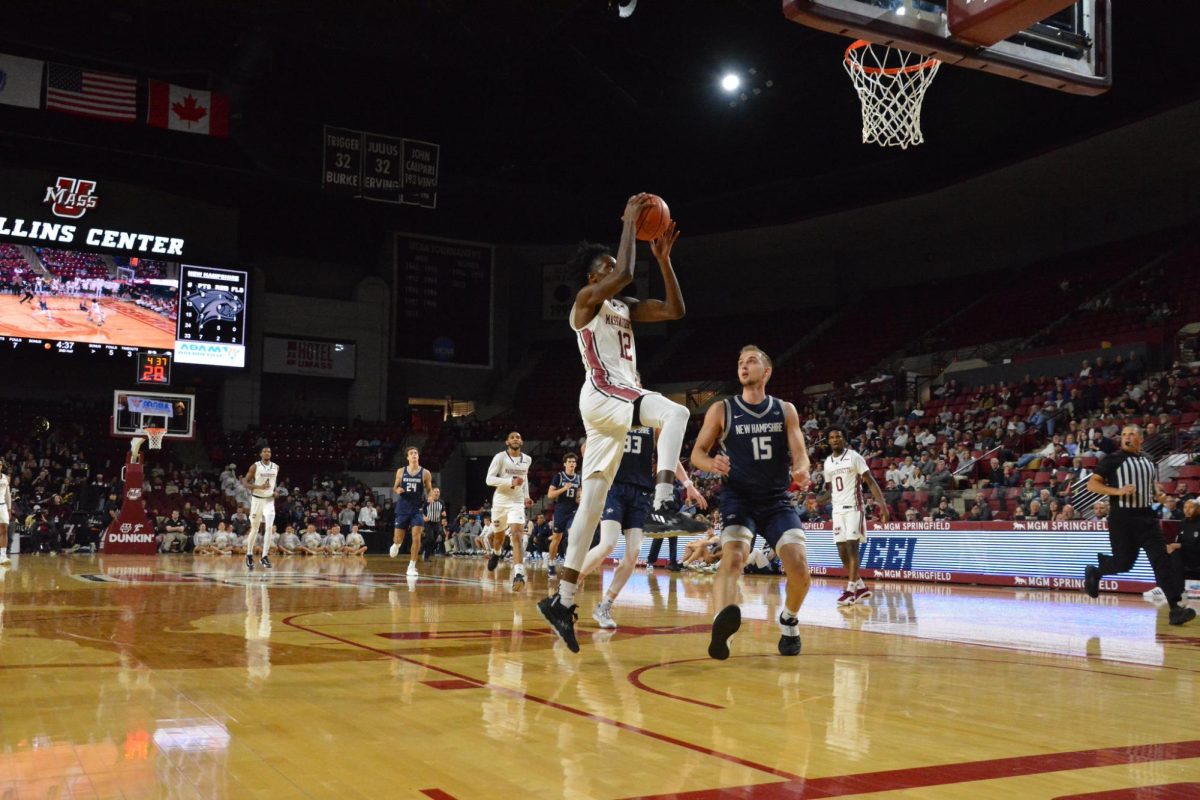
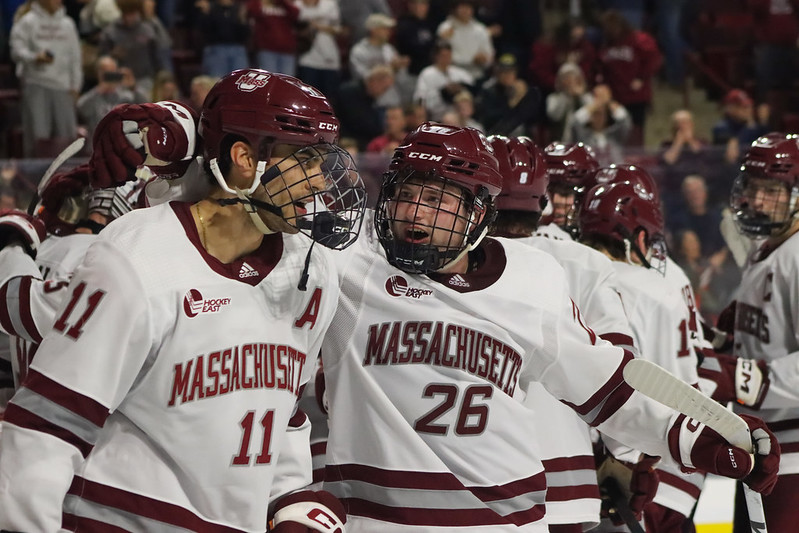








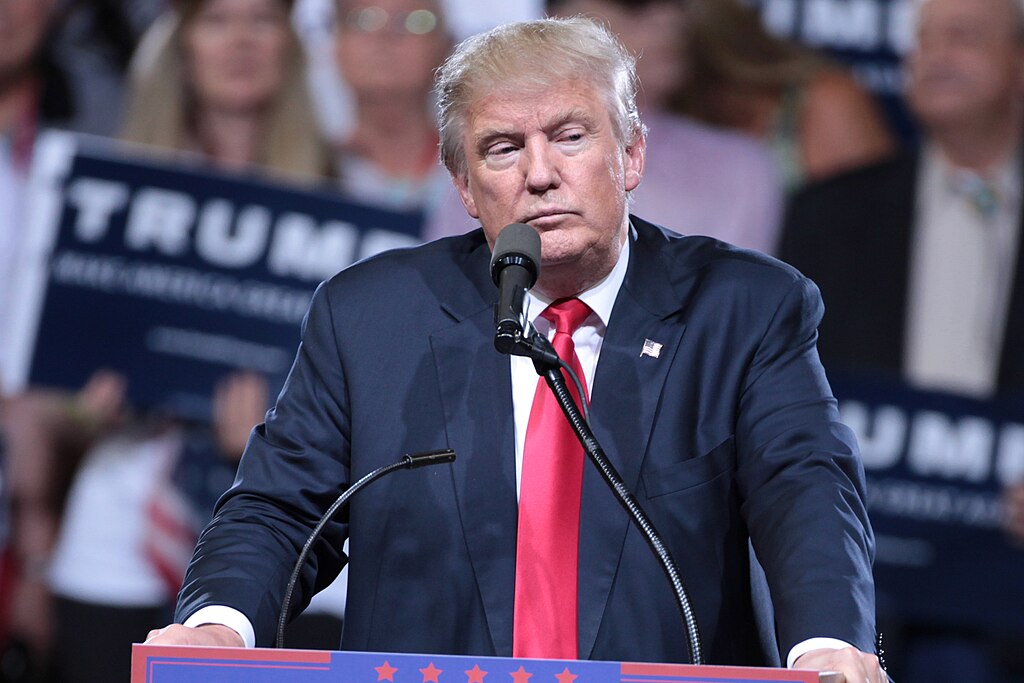

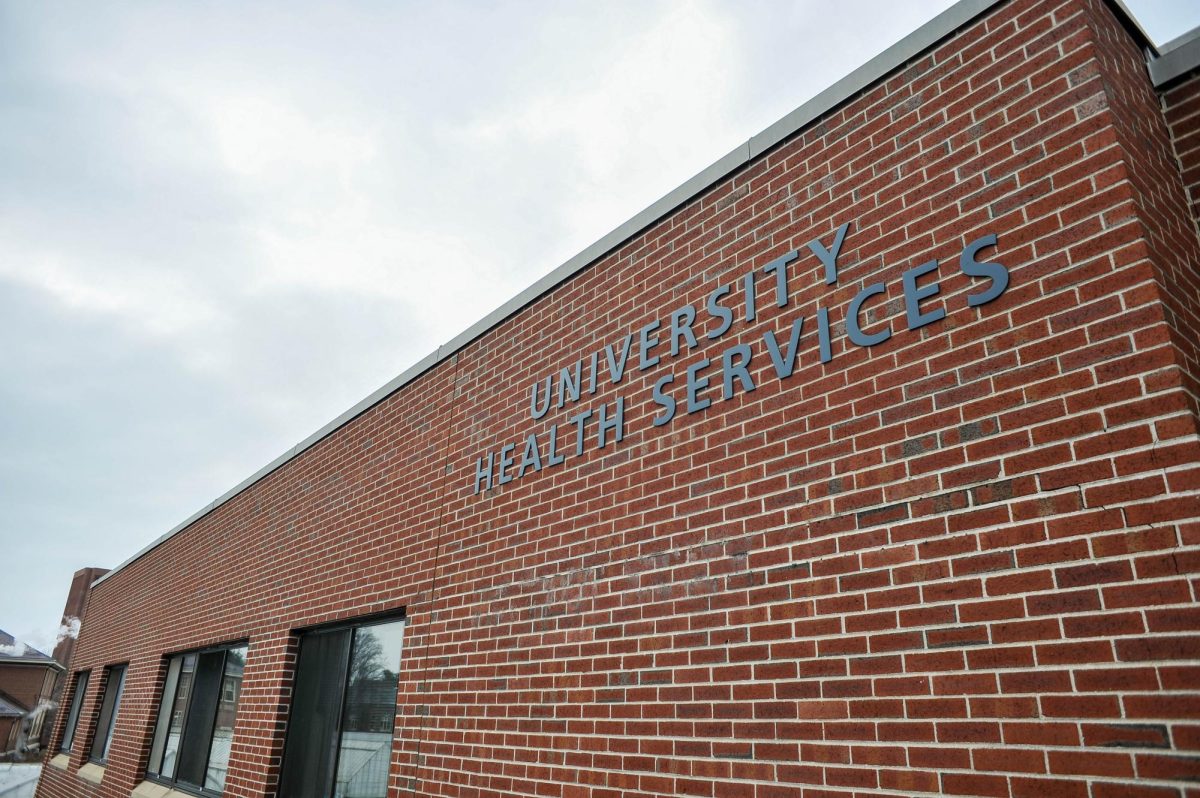
Package • Feb 24, 2012 at 10:55 pm
I notice how you compare today’s riots to the ‘not-violent’ riots of the past. I had a history professor last year who claimed in a lecture that students burned an ROTC building at UMass to the ground back in the 60s. Granted I’m going off his word, but if it’s true it sure throws a wrench in your argument.
It seems like a lot of buildings at UMass, especially those that were built in the 60s, were built with riots in mind. The administration building is built on top of a fake hill with few entrances, one of which is effectively a draw-bridge that could be blocked if students got their ‘occupy’ on.